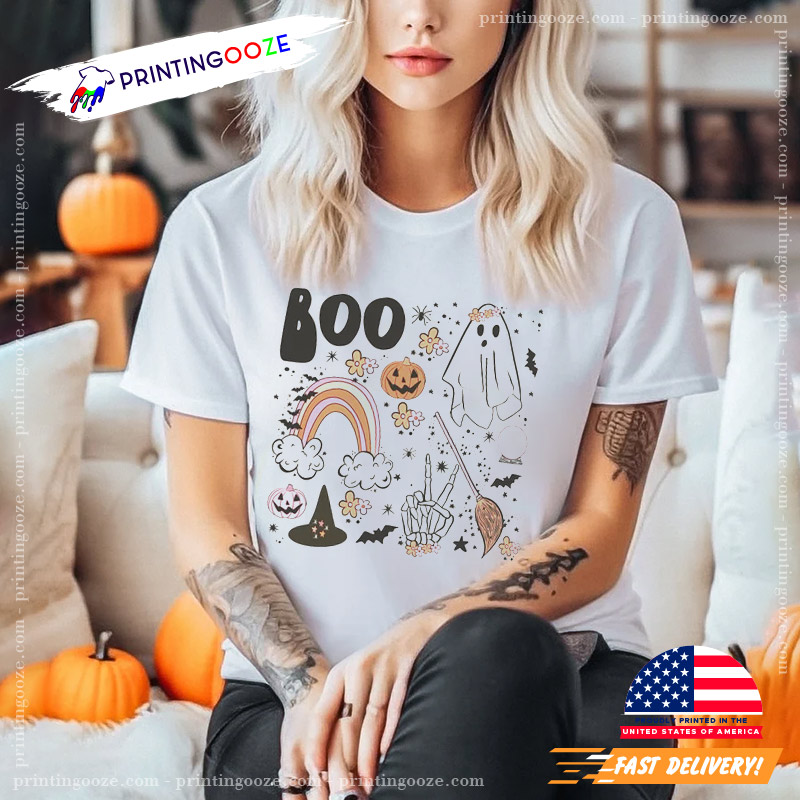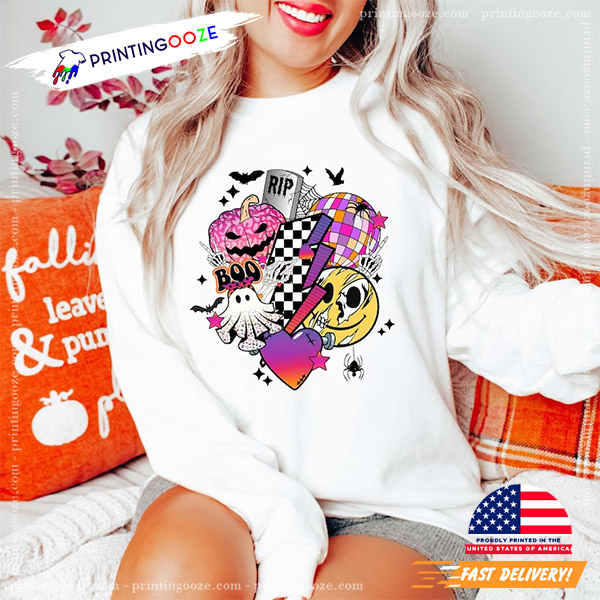Trending
The meaning behind 10 Halloween symbols
The Halloween symbol is more than just costumes and candy; it’s a tapestry woven with centuries of folklore, ancient customs, and symbolic imagery. Behind every Jack-o’-lantern’s wicked smile or ghostly apparition lies a story, a belief, or a tradition that stretches back through time.
In this journey through the cryptic realms of Halloween, we will delve into the meanings behind 10 iconic Halloween symbols that have come to define this spookiest of seasons. From the pumpkín to the trick-of-treat games, each element carries a rich history and a deeper significance than meets the eye.
Pumpkins
Carving lanterns from pumpkins is a very interesting tradition during Halloween. But only some people know that the legend behind it actually originates from a tragedy. The tale recounts that there was a farmer named Jack who repeatedly deceived the malevolent demon Satan. So, after Jack passed away, he was not accepted into either heaven or hell and became a wandering ghost in the darkness of purgatory (the realm between heaven and hell). And so he crafted a lantern from a turnip and a piece of coal to guide his own soul.
Later on, the turnip was replaced with a pumpkin, and the Celts believed that placing a pumpkin lantern outside would help guide wandering souls to find their way back. From then on, the pumpkin has become a familiar and popular Halloween symbol in many countries worldwide.
Black cat
The black cat is considered a Halloween symbol of misfortune, bad luck, and is often associated with dark magic or evil spirits. A legend says that the demon Satan transformed into a black cat when associating with witches.
However, the meaning of the black cat is relative and can vary depending on the cultural context of different regions. For instance, in some countries like Ireland, Scotland, and England, when a black cat crosses your path, it is believed to bring good luck.
Witches
Witches is one of the familiar Halloween symbol, and many people “transform” into this character during the holiday. Witches are believed to possess supernatural powers, often dressed in black clothing, pointed hats, with warts, and riding on broomsticks. Additionally, people believe that this figure has a close association with demons, represents malevolent forces, and darkness, and holds the most powerful abilities on Halloween night.
The colors
The colors orange, black, white and spooky Halloween symbol also have indescribable creepy meanings. Almost all symbols and decorations for Halloween are orange or black. Orange is the color of pumpkins, which are harvested at the end of October in time for Halloween. Therefore, it evokes autumn, fertility and life. Black, on the other hand, is mourning, death, and the afterlife.
Putting orange and black side by side on Halloween is the devil’s reminder to humans that the line between life and death is too thin. Another very superstitious thing is that it is said that ghosts will also disguise themselves and knock on doors to ask for food and money. If you accidentally reject those ghosts, then you will be haunted by angering the spirits.
The Bat
Bats are considered creatures closely associated with witches and are one of the distinctive Halloween symbol. According to legend, if someone sees a bat on Halloween, it’s believed they will encounter misfortune. In some places, it’s even said that if a bat circles a house three times, someone inside the house will pass away soon.
According to another legend, if a bat flies into your house on Halloween, it’s a sign that your home is inhabited by the souls residing within the bodies of these creatures. Nowadays, bats are a common decorative motif in Halloween celebrations.
The Owl
The owl is a common image on Halloween, seen as a Halloween symbol of bad luck and death. Hearing the call of an owl is often considered an omen of impending death. Nowadays, many people use owl masks for their Halloween costumes and use crow symbols to decorate homes, offices, stores, and more during this holiday.
Spider web
According to beliefs from the Middle Ages, spiders are seen as creatures associated with witches, representing darkness and malevolence. Many believe that if a spider falls into a lit candle, it signifies that witches are nearby.
In particular, there’s a popular belief that if spiderwebs appear on Halloween night, it means spiders are in the vicinity. Spiderwebs are one of the simplest and most common Halloween decorations chosen by many.
Cauldron of souls
The cauldron holding souls is one of the most familiar Halloween symbol for many people. Based on some Celtic legends, it’s believed that all souls, after death, fly to the cauldron of an old woman—a distinctive symbol of Mother Earth—and here, the souls wait to be reincarnated. When the gods stir the cauldron, new souls will enter, allowing the old souls to be reborn.
Skeleton and skull
According to Catholic tradition, the image of skeletons and skulls represents death, serving as a reminder of the transience and fragility of human life. As a result, skeletons and skulls have become indispensable images in Halloween symbol. They are used to decorate homes and offices, adding an extra eerie and Halloween atmosphere.
Trick-or-Treat
‘Trick’ originally means mischievous game: ‘Treat’ is reception, kindness, hospitality. Children and teenagers dressed up in devil-shaped clothes and masks, then taking lanterns walked from house to house in the neighbourhood, knocking on doors and saying ‘trick or treat’. This means: ‘If you want us not to play badly, give us something’. Usually, the neighbours always want to avoid ‘tricking’, that is, playing tricks, so they often treat them with candy and fruit (according to the custom of stuffing coins inside).



Conclusion
Remember, behind every Halloween symbol lies a tale waiting to be told, a connection to our ancestors, and a celebration of the eternal dance between light and dark. So, as the moon rises and the shadows lengthen, let us revel in the magic that is Halloween, a time when the veil between worlds grows thin, and the spirits of the past walk among us once more.


